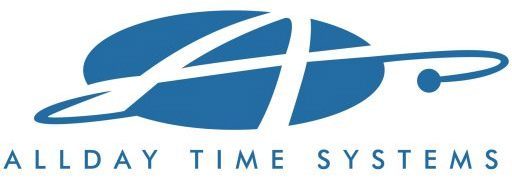Biometric Time Clock
Biometrics is the science and technology of measuring and analysing biological data. In attendance systems, biometrics refers to technologies that measure and analyse human body characteristics, such as fingerprints, eye retinas and irises, facial patterns and hand measurements, for identification or verification purposes with the use of a biometric time clock. Put simply - using biometric devices stops 'buddy punching' or 'time-theft' by making sure the person who is clocking in or out is who they say they are!

Allday Time Systems currently offer three types of biometric hardware
utilising different biometric technology:
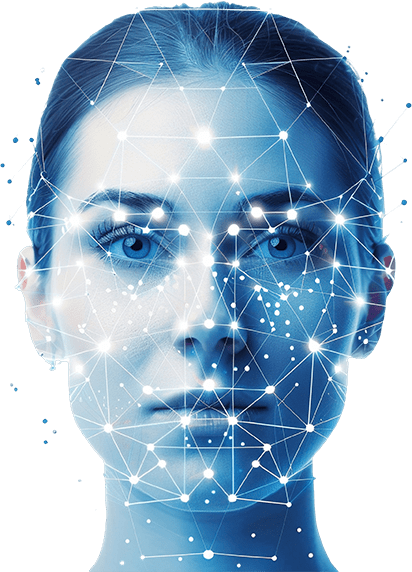
Face recognition
based on the geometry of the face,
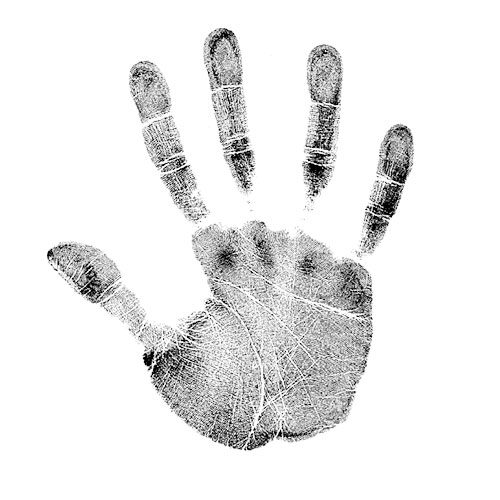
Palm Vein
which reads the internal vein pattern within a persons palm

Fingerprint
based on the geometry of the Fingerprint,
Each of these technologies is detailed a little more below.

Face recognition
The Faceprint attendance terminal uses the latest face recognition technology giving maximum speed and ease of use with clear advantages in performance and appearance over older face recognition units. The Faceprint is capable of reading a face placed anywhere within its screen up to 7m away. It is capable of doing this as it has 2 x 100 megapixel cameras built in enabling extremely high resolution to be used. This is currently our most popular option for a biometric solution.
Palm Secure - Palm Vein
Our Palmreader options include several attendance terminals using the latest Palm identification technologies. Reading the internal vein pattern of the palm. So not the palm surface or palm print. For this reason this type of biometric is considered very secure and is usable by all people who can present a palm to the unit.
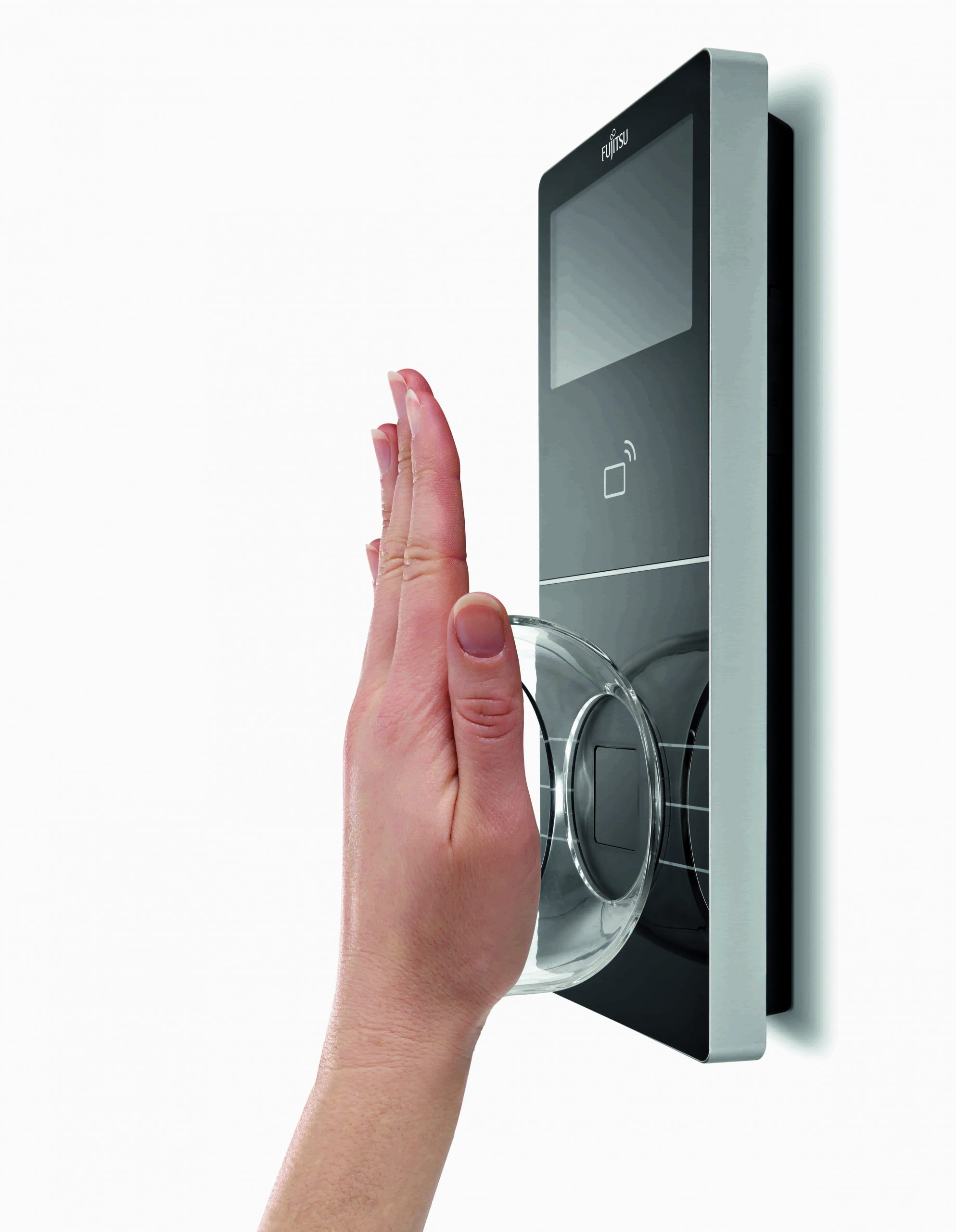
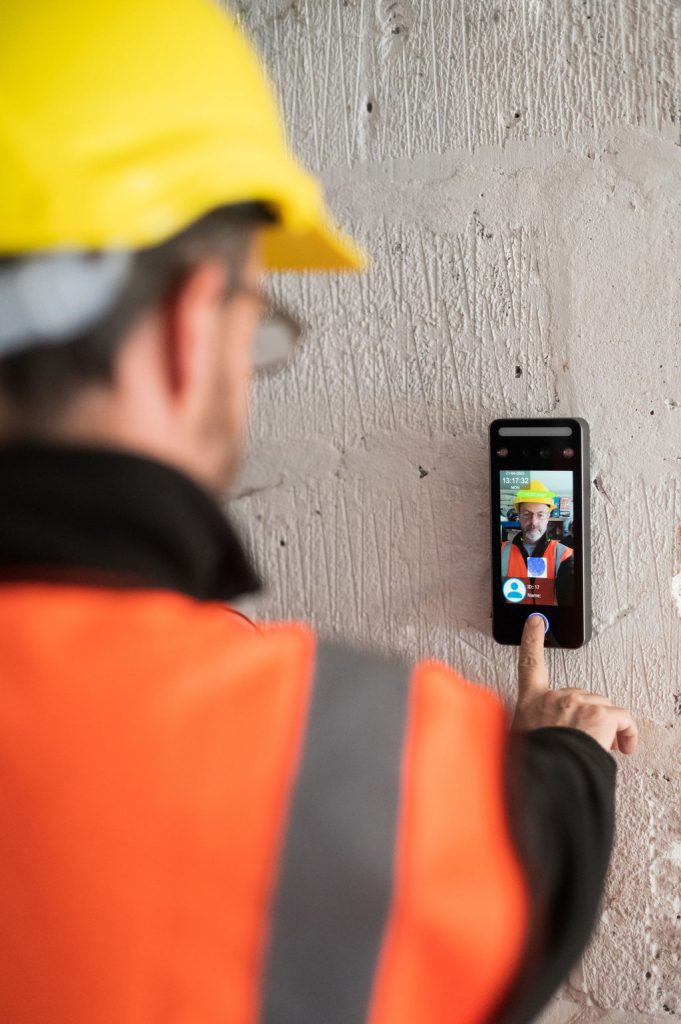
Fingerprint Attendance Terminals
Our fingerprint attendance terminal uses the latest biometric fingerprint technology. This unit has a 5,000 employee capacity along with WiFi and live web connectivity to allow it to work online or offline. You can enrol up to 10 fingerprints for each employee for maximum flexibility. You can also use RFID cards or tokens and have the option of a PIN entry too.
Advantages of Face Recognition Biometrics
Reads the face geometry without contact – simply show your face to the camera to clock in or out giving a no contact hygienic biometric. This technology is very easy to use as biometric identification – usable by 100% of people tested. Also does not require regular servicing to maintain the quality and accuracy of the readings.
Advantages Of Palm Reading
Palm reading is a secure biometric
Reads the internal vein pattern within the palm of your hand – simply show your hand. This technology is the most secure biometric identification – 10 times more accurate than a typical fingerprint reader. Usable by 100% of people tested. Also does not require regular servicing to maintain the quality and accuracy of the readings.
False acceptance rate is better than 0.00008% and a false rejection rate better than 0.01%.
Disadvantages Of Palm Vein
Palm Reader Biometrics
Palm reading cannot be used effectively where it is exposed to direct sunlight. Hence outside use is not recommended. Will not read through excessively dirty palms. However edible oils, moisture or sweat will have no effect.
Advantages Of Fingerprint
The main advantage of Fingerprint is that it has become relatively inexpensive to implement and also widely accepted. With quality biometric clocking terminals now costing less than £300.
Disadvantages of Fingerprint
- Fingerprint is not 100% usable with an estimated 3% of the population unable to register a sufficiently good reading in the first place.
- Fingerprint is not suitable for workers who perform manual labour and wear away the fingerprints during the day.
- Damaged or dirty/ oily fingerprints do not read very well.
- Users may need to place the finger in the same orientation each time for an accurate reading.

